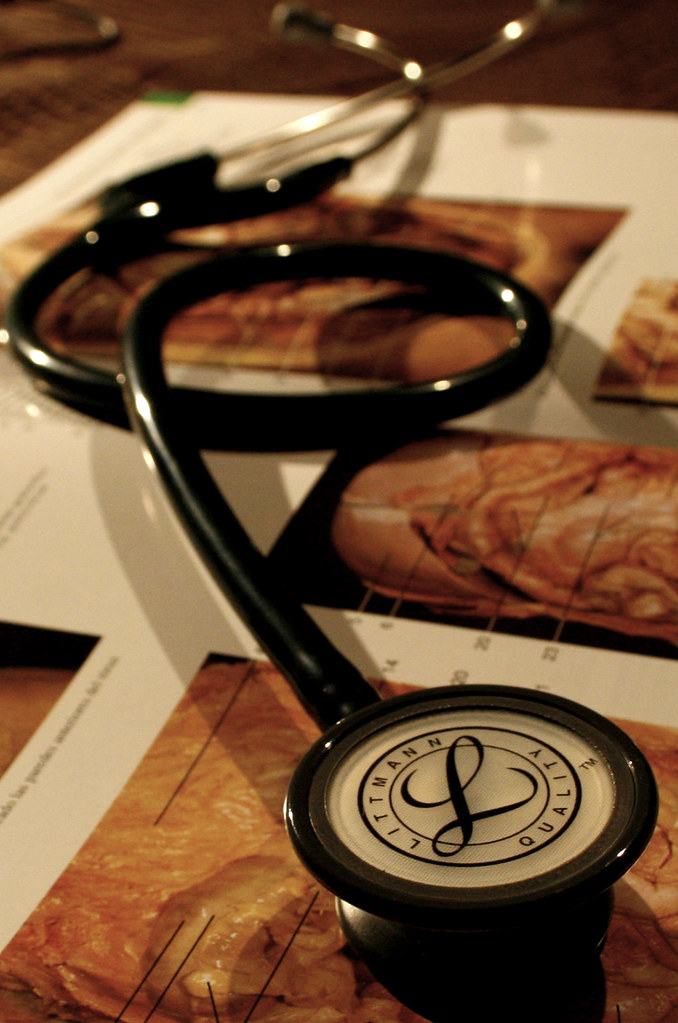As the seasons change and the colors of leaves with it – as much as seasons and leaves can change in Phoenix – the time of great stress descends upon a particular group of students here at the University of Arizona College of Medicine – Phoenix. There are certain points throughout our curriculum that are, ostensibly, rites of passage. For the first-year medical students (“MS1s”) who have only just begun their journey at COM-P, it is facing nearly back-to-back block and anatomy exams.
While the pressures of this time of year challenge us, it truly is a special thing to not only go through the process of learning – not just about anatomy and block material, but also about ourselves and just how much we can accomplish when given the opportunity. The same goes for another rite of passage more ubiquitous than the back-to-back exams unique to the COM-P MS1 experience. One that I, and my fellow second-year medical student (“MS2”) classmates have come to face: the big, bad exam.
Step 1.
It feels fitting to have a clap of thunder and lightning cued up anytime someone brings up the first exam in the series of arduous licensing exams taken throughout the journey to become a MD. Regardless of the theatrics that come with acknowledging its existence, it is also the time of year where MS2s find themselves suddenly void of much clinical interaction after many months of community clinical experiences (CCE). As I said my own goodbyes to my CCE preceptor and staff with cupcakes and the exchanging of farewells/thank you cards, I watched as the family medicine practice I grew to adore was suddenly pulled from my grip and handed to the next MS1 in line.
Although many of us continue to have clinical experiences interspersed during the MS2 year, the coinciding pressure of Step 1 looming over our shoulders allows for fewer chances to engage with patients and “real life” medicine. As such, I find myself feeling somewhat hollowed out. Without a little sprinkle of patient interaction, I sometimes feel that the light at the end of the tunnel grows a little hazier.
Still, we stop by the third floor doctoring suites every other week to learn, to work with standardized patients and assure them that their chief complaints are valid – and more importantly, that their experiences are valid. There’s a mnemonic (like many other concepts in our textbooks and lectures) that we use to empathize with our patients: the NEURS.
In my mind, it’s a sacred concept – to empathize with a patient and encourage them to explore vulnerability with us, and in doing so, to establish a patient-(soon to be) physician relationship. Name and Explore the emotion, Understand, Respect, and Support the patient.
As I reflect back on my first year, while my classmates and I sat with our standardized patients during our earliest doctoring sessions and struggled to remember what each of the letters stand for, I remember why they serve as scaffolding on how to learn about our patients.
The NEURS framework is the foundation for the patient-physician relationship on which we all learn to stand on, strengthening it over time. As we begin to see patients outside of the walls of COM-P, many of us try our NEURS-ing skills on our own patients. The intent of the NEURS still stands, and as we progress through our journey, we begin to shape our own methods to hone in on the unique lived experiences of our patients.
As many of us momentarily pull away from the clinical realm with the priority of Step 1, I long for the opportunity to connect with patients. The likelihood of my annual wellness patient remembering my “how are you doing emotionally?” is fairly low, however, that does not stop me from thinking about how they trusted me enough to share their space of vulnerability, even if for just a moment. Although the hiatus from clinical medicine is brief, the knowledge and subsequent connections are forever – the case for the NEURS is just another rite of passage, whether we learn its value as an MS2, or as a PGY-20.
Cindy Reynolds is a member of The University of Arizona College of Medicine - Phoenix Class of 2026. She graduated from Arizona State University with her BS in Biochemistry with a minor in English Literature in 2021 and her MS in the Science of Health Care Delivery in 2022. She has special interests in health policy, running, ice cream, and fuzzy socks.


